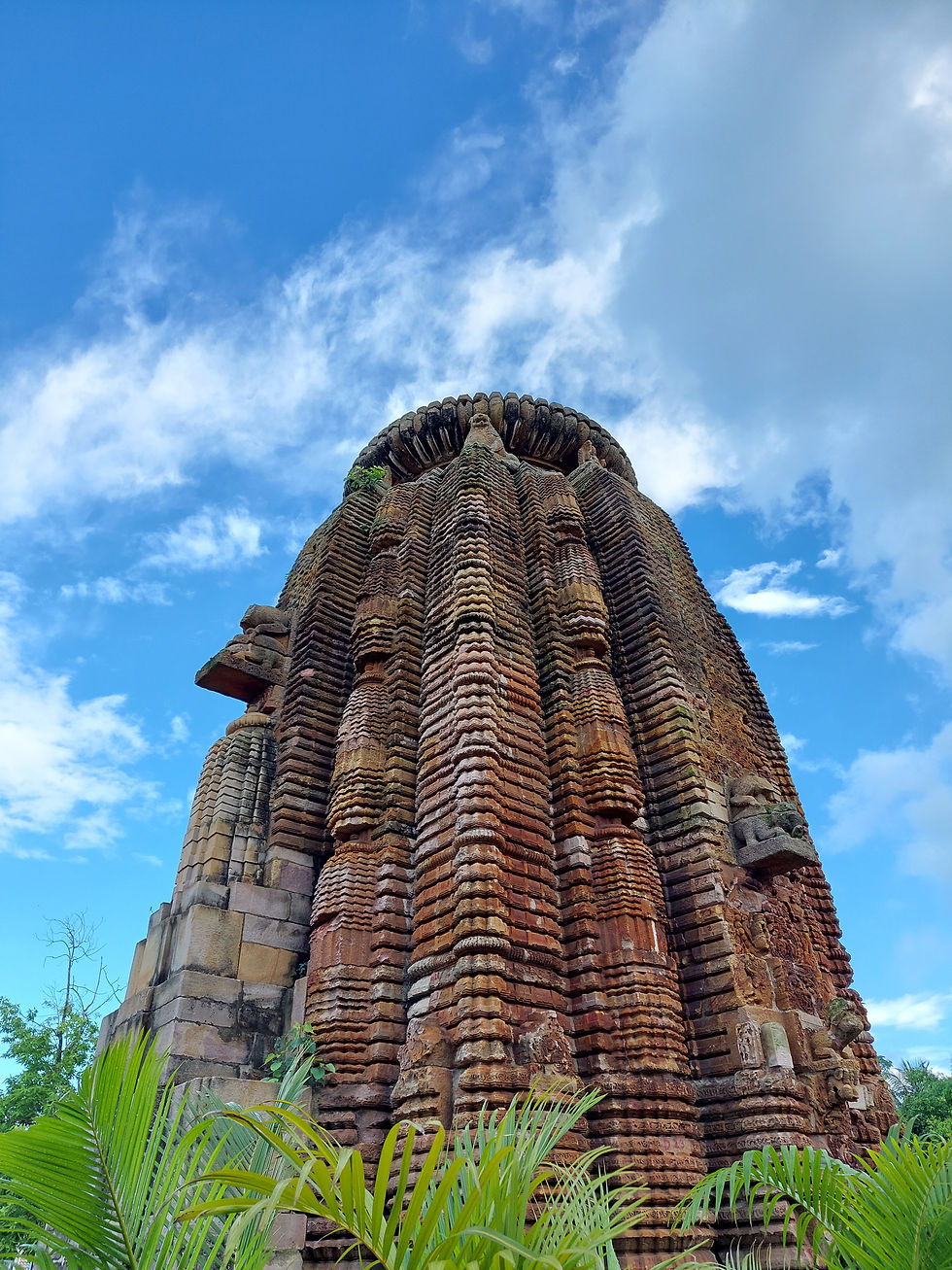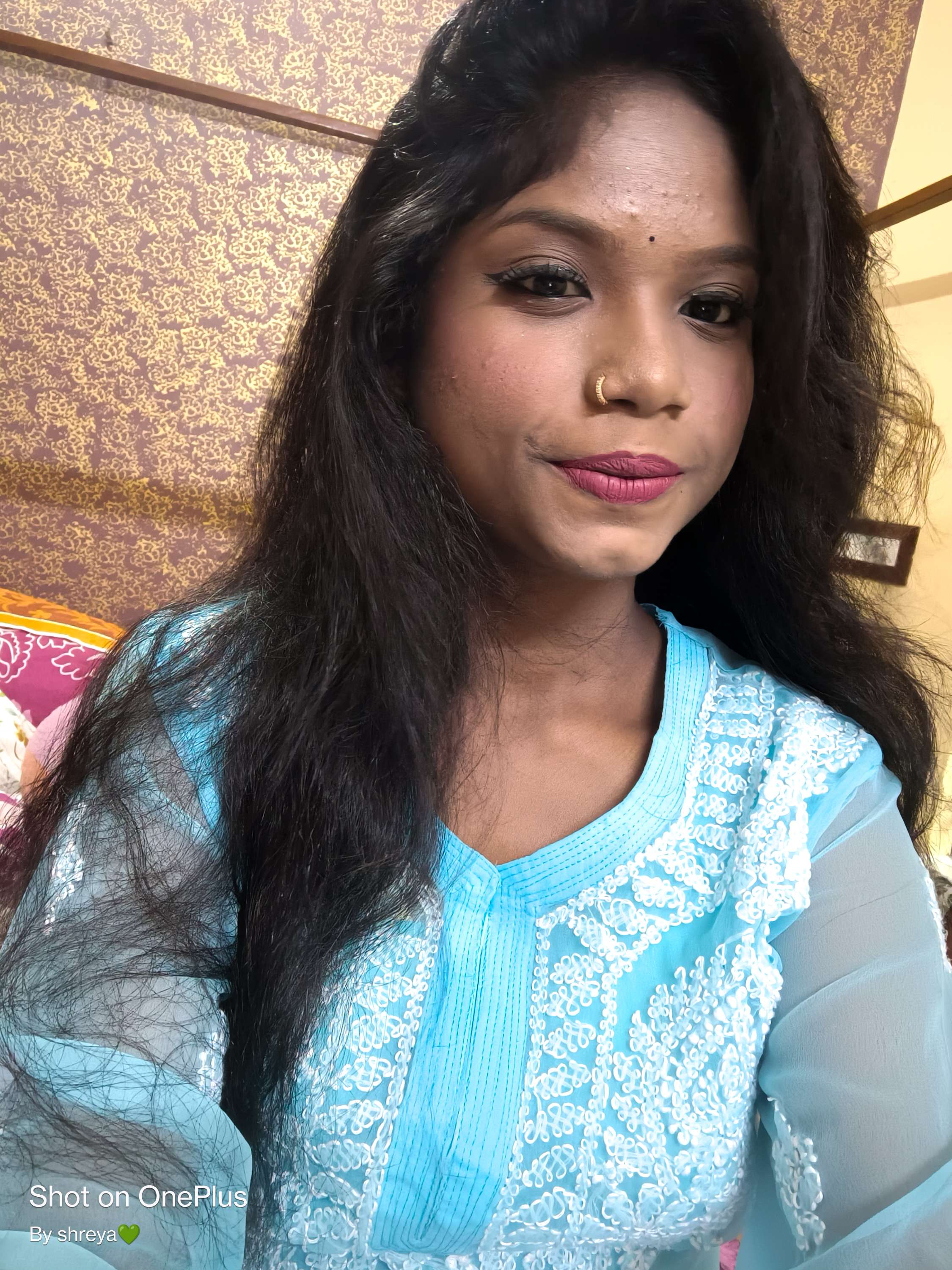Modern History Of Odisha
- Shreya Giri
- Dec 24, 2023
- 6 min read
Explore Odisha's historical journey during the modern period as European powers like the Portuguese and the British shaped its destiny. From the Portuguese initiating industries to the strategic dominance of the British East India Company, delve into the fascinating tale of Odisha's transformation under European influence. Uncover the intricacies of colonial conquest and industrial development that left an indelible mark on this region's history.

Because of the opposition and mutiny experienced by the British administration, this period in Odishan history is volatile. It involves Odisha's participation to India's national war for independence.
Odisha's modern history began with the arrival of European powers in the state. The Portuguese were the first to settle at Pipli, but they were quickly defeated by the British. British dominance in Odisha was firmly entrenched after the Battle of Buxar in 1765. However, it was distinguished by a number of rebellions. These were the Paika and Khurda revolts.
Many tribal uprisings had place in Odisha, including the Ghumsar and Bhuyan Uprisings. The influence of the 1857 Revolt was felt in Odisha as well, since many individuals participated in it. However, Odisha was hit by a major famine in 1866. One million people are thought to have died. Following this, the British instituted educational reforms. Many socio-religious groups, such as Satya Mahima Dharma and the Brahmo Movement, began in Odisha at the period.
The Portuguese in Odisha
The Portuguese were the first Europeans to arrive in Odisha. Around 1625 AD, they founded their villages at Pipli in the Balasore area. In the sixteenth century, their community thrived. They construct churches and some factories. Due to the presence of Portuguese until the seventeenth century, the British were unable to fully build their settlements. The British then rose to dominance in the mid-seventeenth century.
British Rule in Odisha
Following the Battle of Buxar in 1765, East India Company General Robert Clive purchased the Diwani rights of Bengal, Bihar, and Odisha from Mughal Emperor Shah Alam II. The British East India Company got the Northern Circars (Division of British India's Madras Presidency) of Chicacole (Srikakulam), Rajahmundry, Ellore, and Guntur, which encompassed the current undivided Ganjam region.

Midnapore, which was part of Odisha, was also acquired by the British East India Comapany. As a result, the British authorities obtained Oriya speaking areas in both the south and north. This made it easier for them to conquer Odisha. The first colony was established in Harishpur (now Jagatsinghpur).
The British Conquest of the Regions of Odisha
Puri- A British Colonel Harcourt marched from Ganjam to Puri in 1803. Puri was taken by the British on September 18, 1803.
Cuttack- After taking Puri, the British soldiers continued their march towards Cuttack on September 24, 1803. Harcourt's artillery force overcame the Marathas, and by October 14, 1803 Cuttack was completely under British control. The British capitulation of the Barabati fort signalled the end of Maratha dominance in Odisha.
Baleswar- Captain Morgan led the British conquest of Balasore on September 22, 1803. The Treaty of Deogarh ended the Battle of Laswari on December 17, 1803, when Raghuji Bhonsle of Nagpur handed Cuttack and Baleswar, which included Mughalbandi, Garhjat, the coastal section of Odisha, and Balasore, to the East India Company. Thus began Lord Wellesley's British administration in Odisha.
Sambalpur- Major Broughton seized Sambalpur in January 1804 by fighting Maratha Governor Tantia Pharnavis. With the departure of Lord Wellesley, pacifist Governor General Barlow returned Sambalpur to the Marathas. The British seized it again in 1849, using Lord Dalhousie's Doctrine of Lapse.
British Administration in Odisha
Under British control, Odisha was separated into three administrative divisions. The province of Cuttack was under the Bengal Presidency, Ganjam and Koraput were under the Madras Presidency, and Sambalpur was under the Central Provinces.
To evaluate and collect land tax, the three types of land settlements, viz. Zamindari, Ryotwari, and Mahalwari, were adopted in various locations. Short-term agreements were devastating for both Oriya tenants and zamindars. The tenants of Odisha were exploited by Bengali zamindars. The British also controlled Odisha's commercial and military bases.
Movements in Odisha against Britishі
People in Odisha were opposed to British rule because the British collected high levies from peasants. Due to the Britishers' poor governance, many revolts erupted in various parts of Odisha. The following are some of the rebels:
Paika Rebellion
The Khurda Rebellion is another name for it. This was the first rebellion in Odisha against British authority, also known as the first fight of independence in Odisha. Paik of Khurda and people from other parts of Odisha rose against the British in 1817, which became known as the Paika Rebellion.
Causes of Paika Rebellion were as follows:
The Britishers' land revenue policy was the catalyst for insurrection in Khurda in 1817. The Paik received inherited rent-free land tenure in exchange for their military service. Major Fletcher took away these service lands as part of the settlement. The British land revenue programme impacted both zamindars and tenant farmers.
Other grounds of the insurrection were salt monopoly, deprivation of local servants by the British government, the ruler's unfeeling attitude towards the ruled, and so on.
First Martyr of Odisha: Jayee Rajguru
Jayee Krushna Rajguru Mahapatra (popularly known as Jayee Rajguru) was Mukunda Dev II's royal preceptor in 1804. He led an army of Paika warriors in an uprising against the British. The Khorda Rebellion was another name for this. However, with the assistance of some indigenous, the British were able to put down the insurrection.
Jayee Rajguru was convicted and executed on December 6, 1806. As a result, Jayee Rajguru is regarded as the first victim of the early liberation movement against British authority. After 13 years of suffering, his sacrifice lay the groundwork for a tremendous revolution.

Revolt of 1857 and Odisha
The Great Indian Revolt of 1857 is regarded as one of the most significant events in modern Indian history. This revolution had an impact in Odisha as well.
The Impact of the 1857 Revolt on Odisha The influence of the great revolution was also felt in Odisha. Vir Surendra Sai was a famous patriot from Odisha, and his life-long effort throughout the revolution was extraordinary. Rama Krushna Samanta Singhar, the zamindar of Ballia, was another nationalist who committed his life to the revolution. Raja Arjun Singh of Parhat and his dewan Jagu were also involved in anti-British actions.
During the great insurrection of 1857, the Tributary Mahals of Odisha became quiet. The monarchs of the Tributary Mahals backed the British government. During the 1857 mutiny, the Rajas of Mayurbhanj and Keonjhar rendered excellent service to the British. The British government bestowed the title of Maharaja to the governing leaders of the two native states.
Leaders Associated with the 1857 Revolt
Chandan Hajuri
Chakhi Khuntia was another name for him. He was a key figure in the 1857 Sepoy Mutiny. He maintained direct communication with the insurgent leadership before being apprehended in Gaya. He is well-known for his contribution in propagating the revolutionary message via his literary works.
Surendra Sai
Surendra Sai led an uprising against British control in the Sambalpur district in 1833. Surendra Sai questioned the British Government's motivations on the basis of Doctorine of Lapse. He was at Hajaribagh Jail when the Sepoy Mutiny erupted. In 1857, he broke free and joined the insurrection.
Samantasinghar Ramakrushna
He was the famous poet Abhimanyu Samanta Singhar's successor. In August 1857, with the help of Khandayats, he revolted against Lord Cornwallis' Sunset Law.
Utkal Sabha
The advancement of knowledge resulted in the awakening of the Oria people. As a result, Utkal Sabha was the first political group created by educated Oria people. The Utkal Sabha was founded in Cuttack in 1882. On August 16, 1882, the inaugural meeting of the Utkal Sabha was conducted in the premises of the Cuttack Printing Press.
The gathering was attended by a large number of influential persons. They agreed to form a permanent body to assist the institutions of local self-government, notably in the Cuttack district. The organization's first President and Secretary were Chaudhuri Kasinath Das and Gauri Sankar Ray. Madhusudan Das was also a member of the Utkal Sabha. Gauri Sankar Ray, the editor of Utkal Dipika, served as the organization's secretary.
Brahmo Samaj
This Bengali campaign was established to end child marriage and to allow widow remarriage. Raja Rammohan Roy founded the Brahmo Samaj in Bengal in 1828 to propagate monotheism (belief in just one God). Haranath Bhattacharya, a philosophy professor at Cuttack College and a Keshab Chandra Sen disciple, founded the Utkal Brahmo Samaj in Cuttack in 1869.
The Brahmo Samajis established a Brahmo Mandir in Cuttack and published a variety of magazines. Balasore and Cuttack were key Brahmo movement hubs in Odisha. Fakir Mohan Senapati, Madhusudan Rao, Pyari Mohan Acharya, Chaturbhuj Pattanayak, Biswanath Kar, and Nanda Kishore Bal were among the prominent Odia individuals affected by Brahmo religion.

About the Author
Shreya Giri is a talented SEO content writer with a unique flair for captivating readers. With a bachelor's degree in geography, her passion for crafting exceptional content shines through in every word she writes. Shreya's expertise lies in her ability to seamlessly blend language and storytelling, effortlessly capturing the attention of her audience.
She is currently pursuing a Master's degree in geography and has a remarkable talent for transforming intricate concepts into captivating narratives that have a lasting impact. With Shreya, you can expect excellent, captivating content that will keep you engaged from beginning to end.
You can connect with her through-
My-Lekh profile- lekh.com/profile/shreyagiri06/profile LinkedIn profile- https://www.linkedin.com/in/shreya-giri-a0a607265
Email- shreyagiri06@gmail.com





Comments